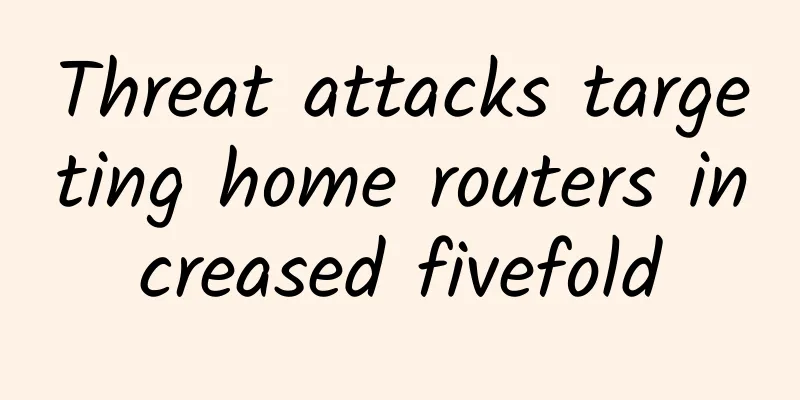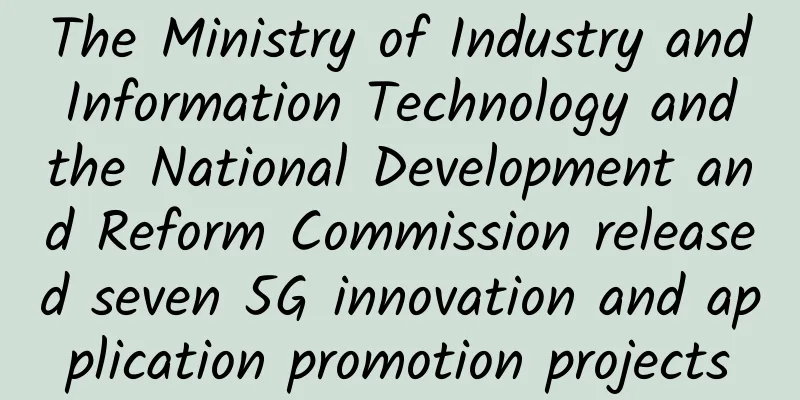Threat attacks targeting home routers increased fivefold

|
In the first quarter of 2018, the number of cyber attacks against consumer-grade routers increased sharply, most of which were in fields such as education, construction, and biotechnology. The reason is that in our daily use, routers in these fields are highly concentrated and data transmission is intensive.
Cyberattacks on consumer routers increased fivefold in the first half of the year Attacks targeting routers have increased by 539% since the fourth quarter of 2017. The high number of attacks indicates that routers in some industries are frequently used and transmit a large amount of data. According to the investigation, cyber attackers are conducting cyber attacks by using legitimate Microsoft binaries, such as PowerShell and MSHTA, which are often used as tools to download and spread malicious code in the initial stage of malware infection. According to the survey, MuieBlackCat and ZmEu scanners were among the most popular tools in the first quarter, as they are both used to find vulnerabilities in PHP-based web servers. Researchers said that threat actors also use OpenVAS and NMAP scanners as tools to search for vulnerabilities. Hackers often use software that we use every day to attack "The prevalence of brute force attacks and outdated exploit attempts means that highly automated, low-capability threats are flooding the Internet's traffic," researchers said in the report. Most attacks on consumer routers involved information-gathering scans and intrusion attempts. The total number of router intrusions increased by 36% compared to last year, largely due to the exploitation of DNS manipulation vulnerabilities in consumer routers. At the same time, researchers also pointed out that while phishing attacks only accounted for a small portion of the total number of attacks observed, they maintained a fairly consistent success rate and often led to complete network compromise if not quickly resolved. Across all industries, phishing attempts increased by 39%, with the majority of attacks using DocuS transfers, Office 365 and OneDrive. To prevent this attack, users are advised to log Powershell activity on the network, block Word document macros, tighten user permission settings, implement application whitelisting, and keep antivirus defenses up to date. |
<<: Why 99% of business leaders are paying attention to this issue
Recommend
[LeaTech Summit Review] Red Hat Global Vice President Cao Hengkang: The secret of digital transformation lies in people "cooperation"
[51CTO.com original article] Not long ago, the Le...
Review of the top ten events in the Internet industry in 2016
[51CTO.com original article] As 2016 enters the c...
The Ministry of Industry and Information Technology issued a notice, and the three major operators had no choice but to accept it. Users who have not yet switched to 5G are blessed
The 5G era is coming. What should 4G users do? On...
PacificRack: $12/year KVM-1GB/20GB/2TB/Los Angeles Data Center
PacificRack is a domain name under QN Data Center...
Not allowing 5G base stations to enter communities also happened in the United States
On August 28, according to foreign media reports,...
Research and Markets: Global 5G system integration market size will reach US$45.5 billion in 2027
On April 20, according to foreign media reports, ...
Five communication methods between processes required for interviews
Inter-Process Communication (IPC) refers to the t...
Riverbed Digital Experience Management
Today, most businesses realize that in order to a...
Growth in remote work demands solutions to unified communications infrastructure issues
Cloud-based unified communications (UC) tools are...
Three major development trends of outdoor wireless networks in 2021
As the extraordinary year of 2020 draws to a clos...
Migrate WHM/cPanel data to DA (DirectAdmin)
I shared an article about migrating from CP to DA...
What are the differences between VLAN and VXLAN? What are the application scenarios of VXLAN?
With the development of network technology, cloud...
Eleven things to note when using natural cooling technology in data centers
The Green Grid, a non-profit organization dedicat...
The two sessions hotly discussed the sharing economy: shared CDN becomes an enterprise-level benchmark
Ever since Kevin Kelly predicted the bright prosp...
CloudCone Black Friday promotion, KVM annual payment starts from $14.2, supports Alipay, Los Angeles data center
CloudCone has once again released this year's...









